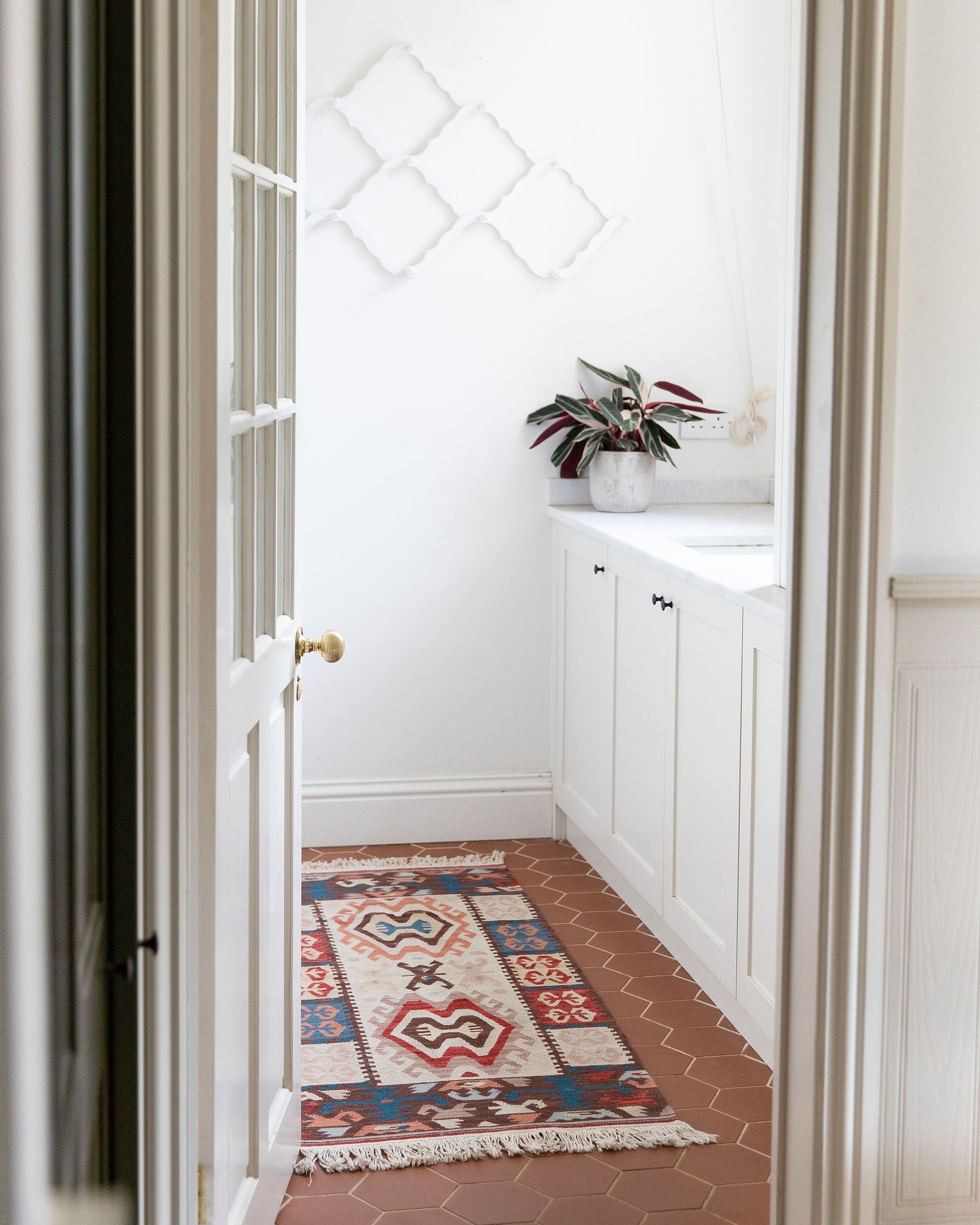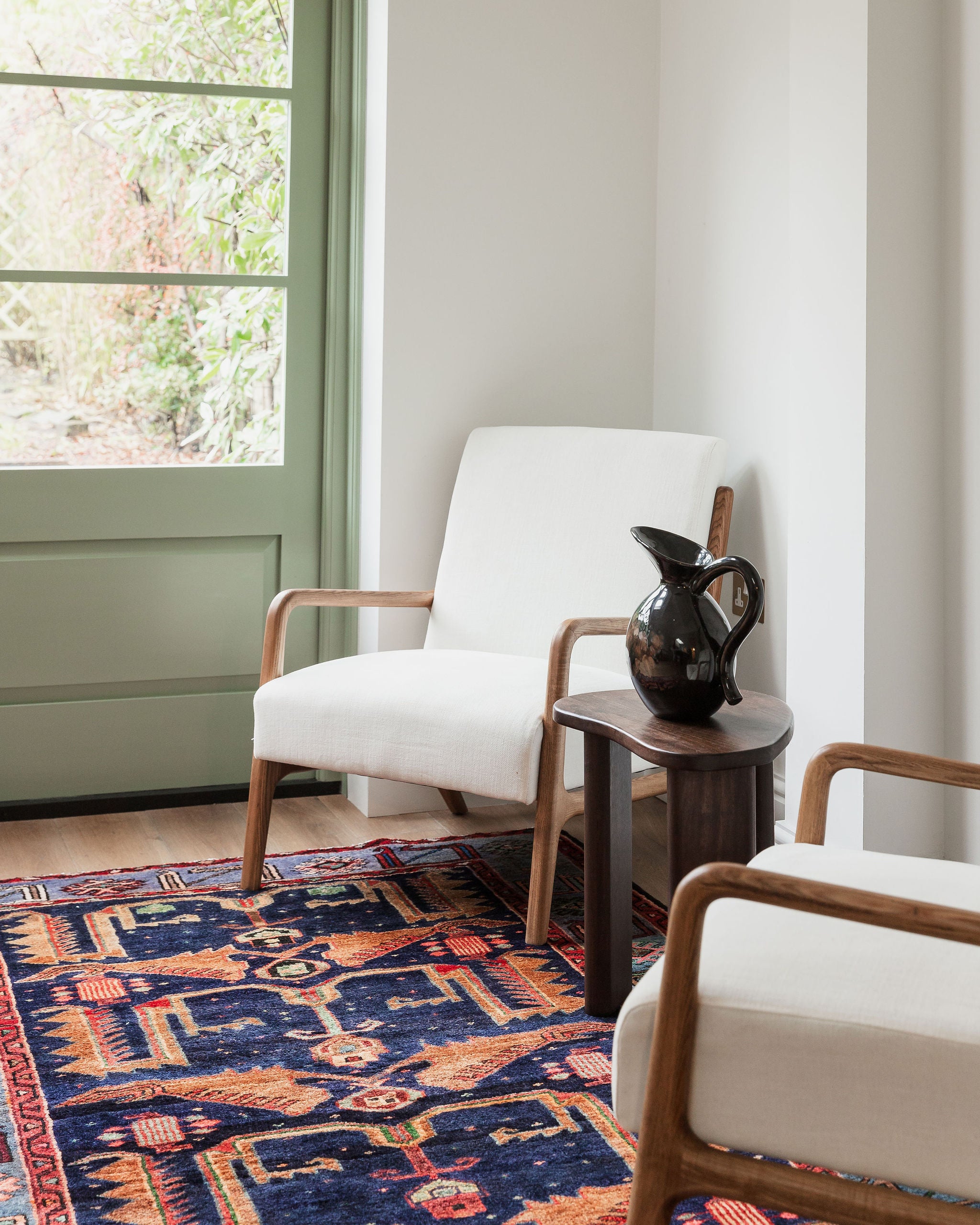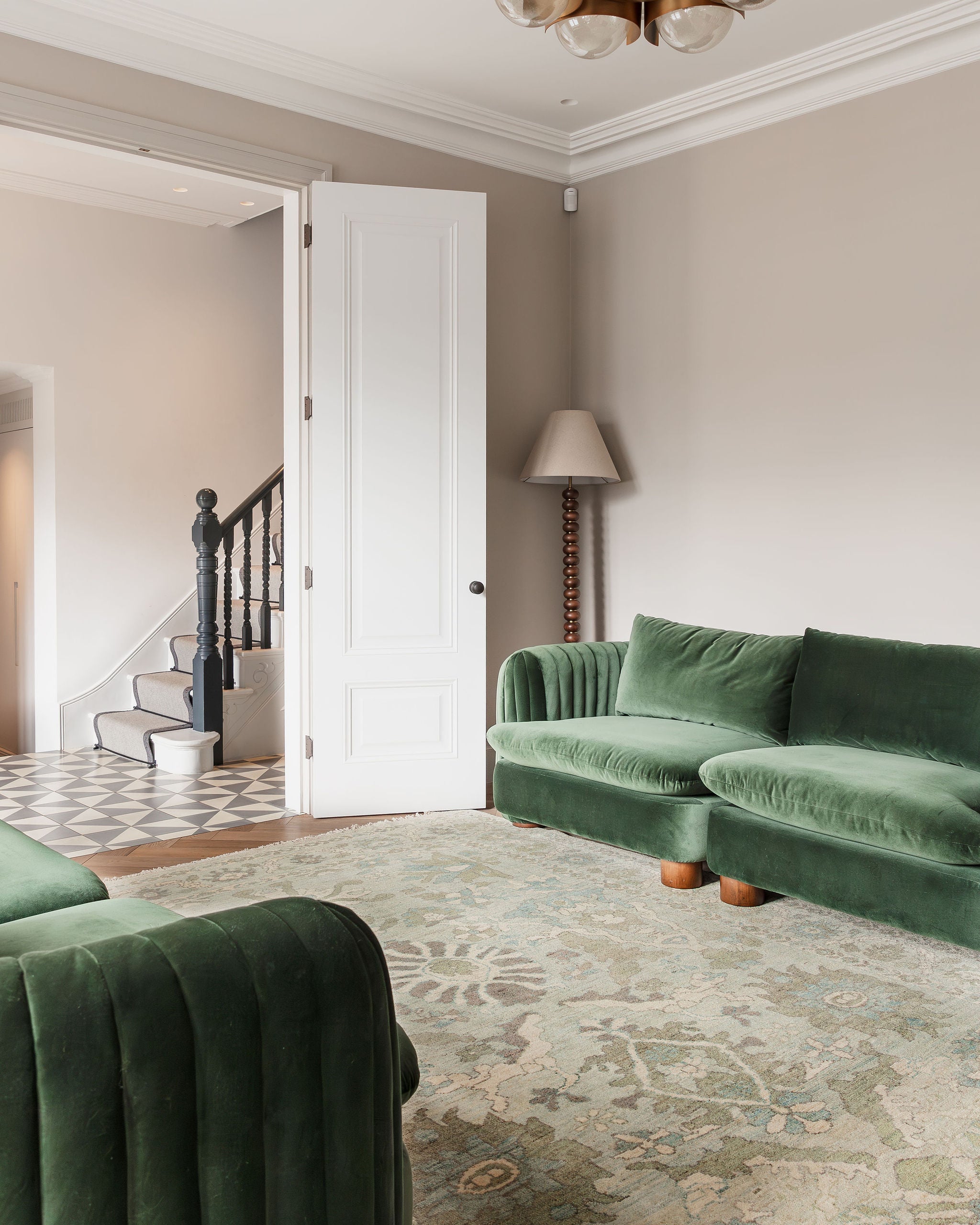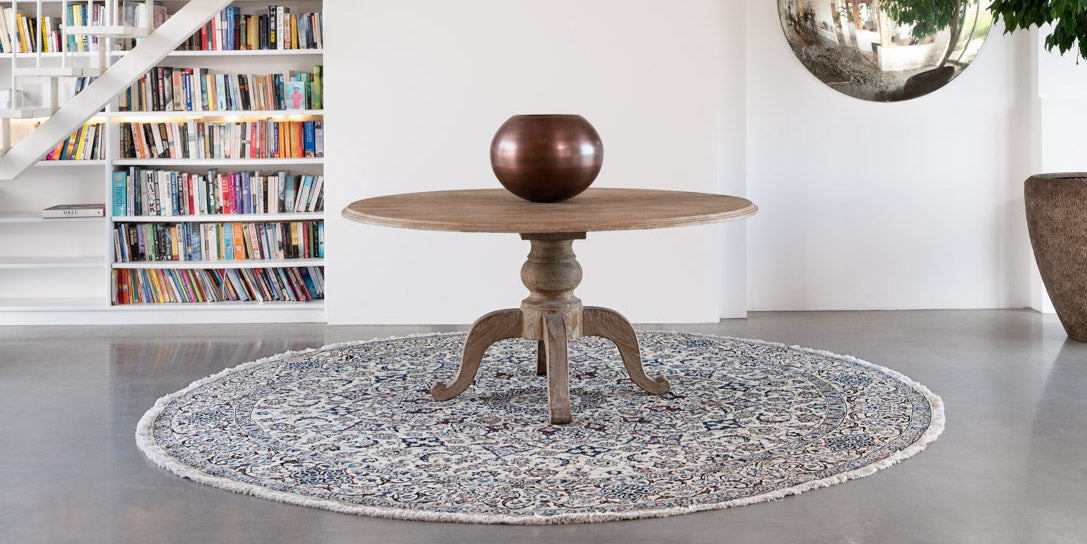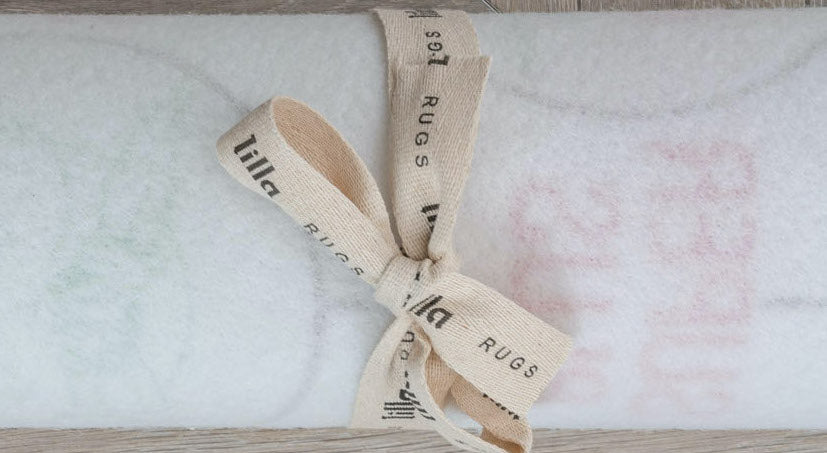The Invention of Rugs
Rugs, in their various forms, have been an essential part of human civilisation for thousands of years. They serve not only as functional items providing comfort and warmth but also as artistic expressions and cultural symbols. Understanding why rugs were invented involves delving into the practical, cultural, and artistic motivations behind their creation. Always fun to have a little history lesson!
1. Practical Necessities
a. Insulation and Warmth
- Early human societies, particularly those in colder climates, needed ways to insulate their living spaces. Floors, especially those in primitive shelters, were often cold and uncomfortable.
- Animal hides, woven grasses, and eventually textiles were used to create barriers against the cold, making living conditions more comfortable.
b. Protection
- Rugs offered protection from dirt and insects that could infiltrate homes. By covering the ground, they created a cleaner and more hygienic living environment.
2. Cultural Significance
a. Social Status and Wealth
- In many ancient societies, rugs were symbols of status and wealth. The complexity and material of a rug could signify the owner's social standing.
- Luxurious materials like silk and intricate patterns were often reserved for the elite, while simpler, functional rugs were common among the general populace.

b. Ceremonial and Religious Uses
- Rugs have played important roles in various ceremonies and religious practices. For instance, prayer rugs in Islamic cultures are used to provide a clean and designated space for worship.
- Certain cultures also used rugs during important life events, such as weddings and funerals, symbolising different aspects of life and spirituality.
3. Artistic Expression
a. Storytelling and Heritage
- Rugs often tell stories through their designs, incorporating motifs and patterns that reflect the history, beliefs, and experiences of the weavers.
- Tribal and nomadic groups, in particular, used rugs to record their cultural narratives and heritage, preserving them for future generations.

b. Aesthetic Appeal
- Beyond their functional use, rugs have been valued for their beauty. The art of rug making involves a high degree of craftsmanship, with weavers dedicating extensive time and skill to create intricate designs.
- Rugs became central decorative elements in homes, enhancing the aesthetic appeal of living spaces.
4. Economic Factors
a. Trade and Commerce
- Rugs have long been significant trade items, forming an essential part of commerce between different regions. The Silk Road, for example, facilitated the exchange of rugs between the East and West, influencing designs and techniques globally.
- The demand for rugs spurred the growth of local economies, with entire communities specialising in rug weaving and trading.
b. Industrial Evolution
- The advent of industrialisation brought changes to rug production, making them for a broader audience. Machine-made rugs now sit alongside traditional hand-woven ones, catering to diverse consumer needs and budgets.
The invention of rugs is a testament to human ingenuity and adaptability. What began as a practical solution to environmental challenges evolved into a complex cultural artifact, rich with artistic expression and social significance. Today, rugs continue to serve their original purposes while also embodying the historical and cultural journeys of civilisations across the globe. Rugs have become such a vital part of making a house a home.


